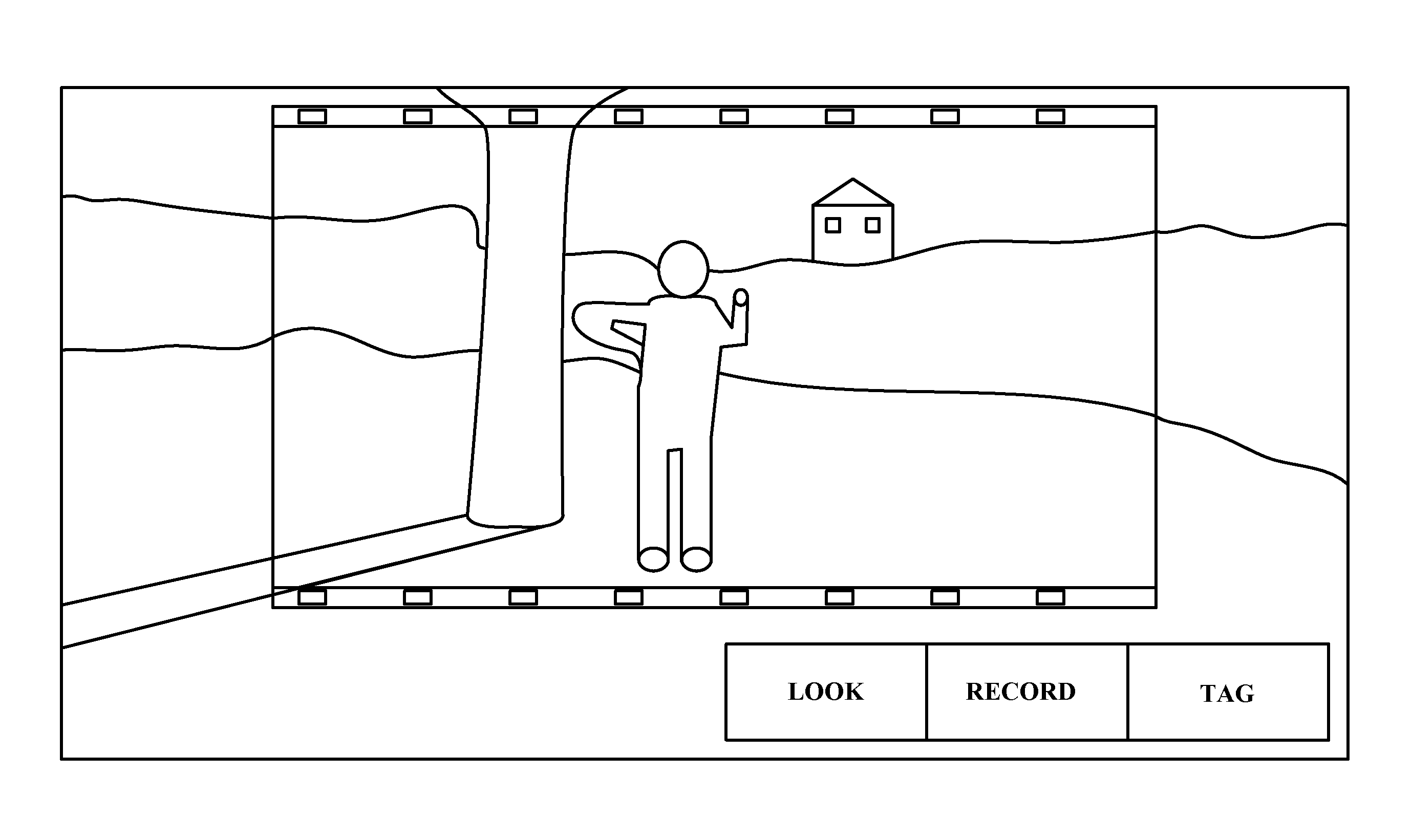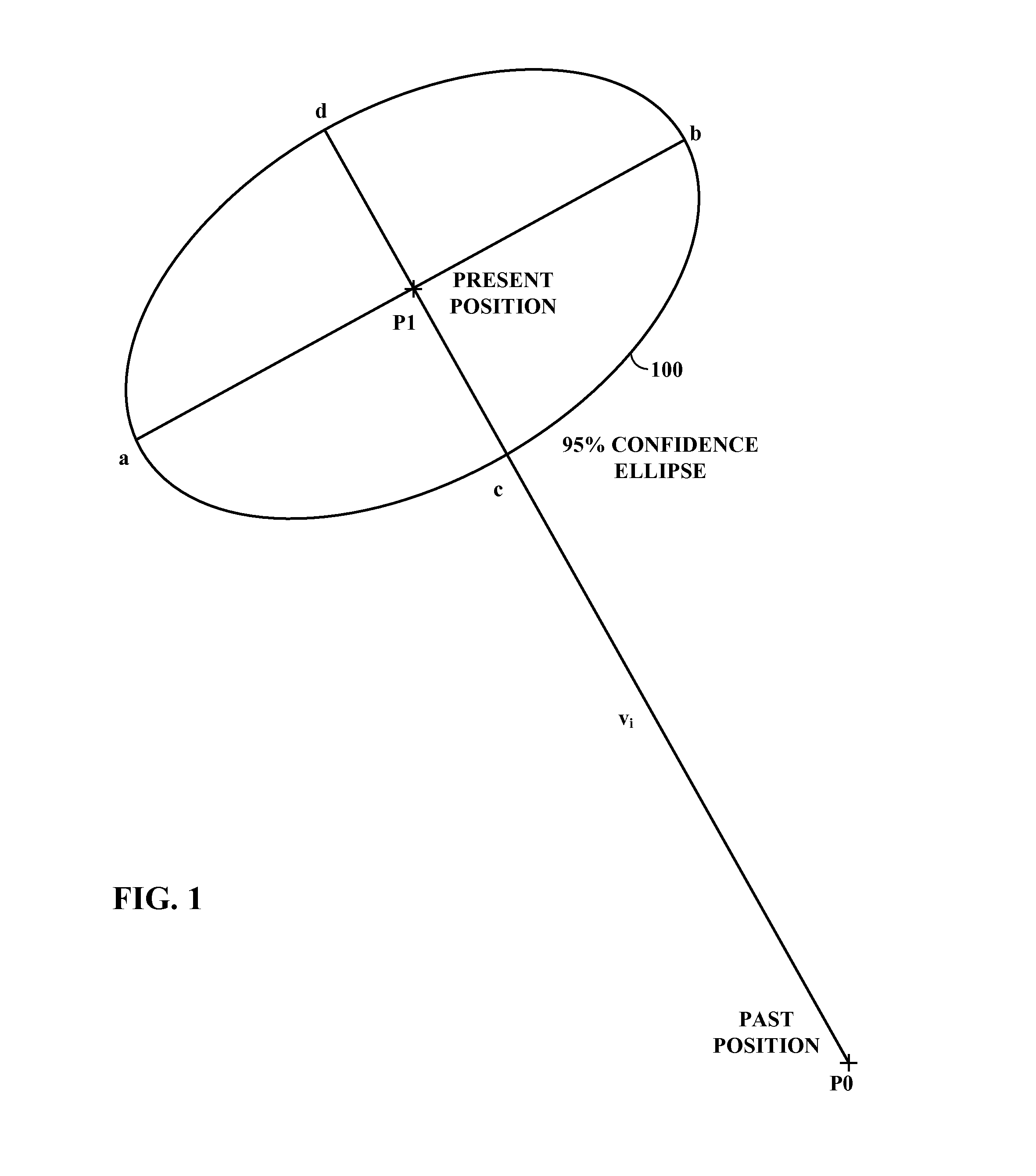Augmented reality virtual guide system
a virtual guide and augmented reality technology, applied in the field of virtual guide systems for augmented reality, can solve the problems of limiting the usability of augmented reality applications, requiring direct line-of-sight views to satellites, and expensive custom setups,
- Summary
- Abstract
- Description
- Claims
- Application Information
AI Technical Summary
Benefits of technology
Problems solved by technology
Method used
Image
Examples
second embodiment
[0034]In a second embodiment, the metadata may include annotations by a server or a user acquiring the video. The annotations may include details of a person, an object, or a location being photographed. The annotations may help users share their experiences and / or recommended locations. The acquiring and retrieving of imagery may be performed by different persons, including friends or clients for example.
third embodiment
[0035]In a third embodiment, the video and metadata may be communicated on at least one network. The retrieving may include pushing the data stream to a network, or pulling the data from a network in response to a request. The network may include a private network or the internet.
fourth embodiment
[0036]In a fourth embodiment, the retrieved video may be compared with the currently observed real-world scene to enable navigation. The embodiment may visually verify a real-world path or a real-world destination for a portable electronic device user.
PUM
 Login to View More
Login to View More Abstract
Description
Claims
Application Information
 Login to View More
Login to View More - R&D
- Intellectual Property
- Life Sciences
- Materials
- Tech Scout
- Unparalleled Data Quality
- Higher Quality Content
- 60% Fewer Hallucinations
Browse by: Latest US Patents, China's latest patents, Technical Efficacy Thesaurus, Application Domain, Technology Topic, Popular Technical Reports.
© 2025 PatSnap. All rights reserved.Legal|Privacy policy|Modern Slavery Act Transparency Statement|Sitemap|About US| Contact US: help@patsnap.com



